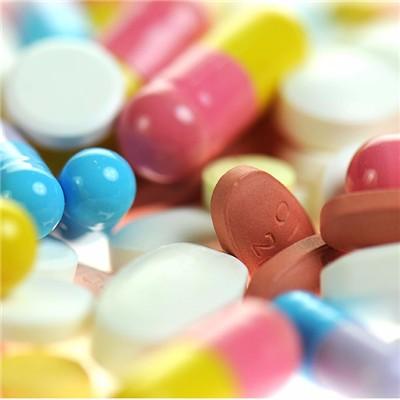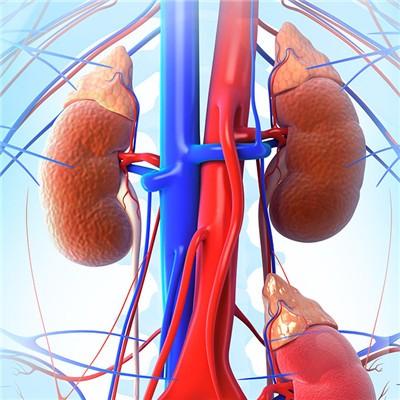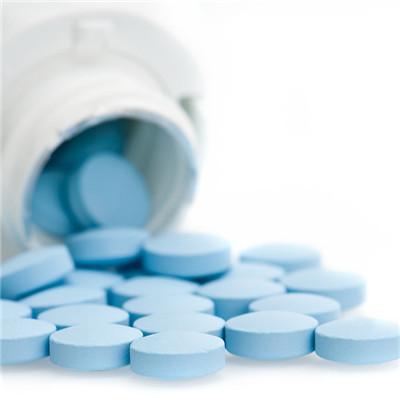Treatment of nephrotic edema
summary
Renal edema is the most common clinical symptom, and also one of the common symptoms of kidney disease. Every kind of disease, there are some corresponding treatment methods, then, what are the treatment methods of nephrotic edema
Treatment of nephrotic edema
Limit sodium: nephritis or nephrotic edema have sodium retention, must limit sodium intake, but to be appropriate, long-term sodium can lead to hyponatremia.
Warming the kidney and promoting diuresis: it is suitable for those with declining kidney yang. The main manifestations are high edema of the whole body, especially below the waist, soreness and weakness of the waist and knees, cold and chilly limbs, mental fatigue, pale complexion, little urine, fat tongue, tooth marks, and weak pulse. Commonly used drugs include Poria cocos, Atractylodes macrocephala, Paeonia lactiflora, aconite root, ginger, radix rehmanniae, Cortex Moutan, Alisma orientalis, Chinese yam, Cornus officinalis, cinnamon, etc.
Control proteinuria: for nephrotic edema, proteinuria must be controlled, and immunosuppressive drugs (dexamethasone, prednisone, etc.) can be used to restore normal glomerular permeability. Supplement plasma protein.
matters needing attention
The development of kidney disease is closely related to eating habits, and only relying on drug treatment can not achieve satisfactory results. Only on the basis of drug treatment, relying on the diet of patients themselves, can the two pronged approach work.










